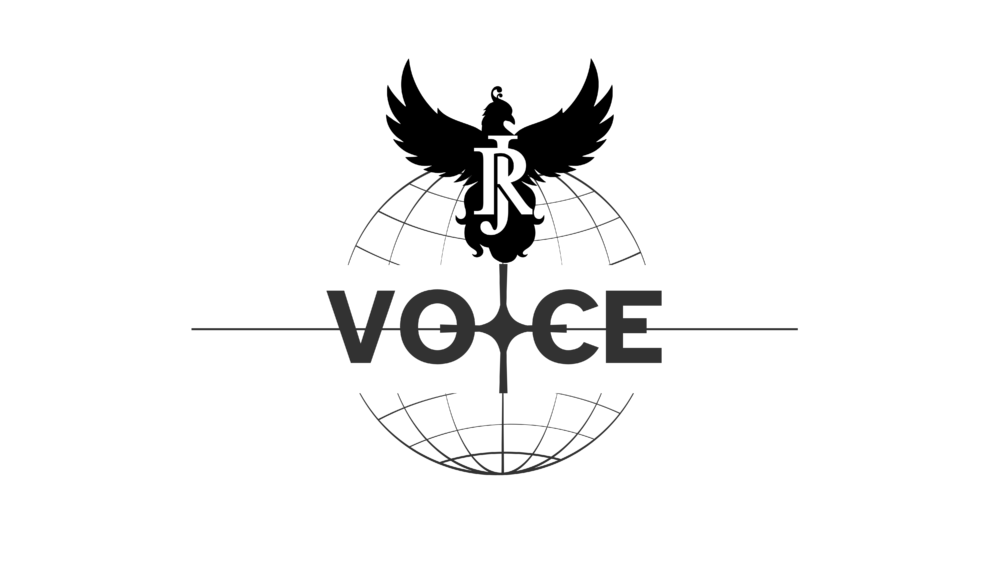A recently signed security agreement between Panama and the United States has ignited a political firestorm, with Panamanian opposition leaders accusing Washington of re-establishing its military presence in the country under the guise of defense cooperation. The deal, confirmed by U.S. President Donald Trump and Defense Secretary Pete Hegseth, includes the deployment of American forces and privileged access to the Panama Canal, prompting accusations of a “camouflaged invasion.”
During a three-day visit to Panama, Secretary Hegseth announced that a memorandum of understanding had been finalized between the U.S. and Panamanian authorities. The primary aim, according to U.S. officials, is to protect the Panama Canal from growing Chinese influence. “The Panama Canal is a critical strategic corridor that must remain under Panamanian control, with U.S. support, rather than falling into Beijing’s orbit,” Hegseth stated.
As part of the agreement, U.S. warships will receive “first and free” transit through the canal, a crucial international waterway linking the Atlantic and Pacific Oceans. Additionally, American troops are slated to be stationed at three previously decommissioned military sites: Fort Sherman, Rodman Naval Base, and Howard Air Force Base—locations vacated when the U.S. formally ended its military presence in Panama in 1999.
The announcement has sparked a fierce backlash among Panamanian opposition figures, particularly from Ricardo Lombana, leader of the Another Way Movement. In a widely circulated video, Lombana condemned the agreement as “an invasion without a single bullet fired,” criticizing the government’s lack of transparency and framing the pact as a betrayal of national sovereignty.
While Panama’s government insists that the deal does not involve the creation of permanent U.S. military bases and that the presence of troops is temporary, many critics are unconvinced. Lombana argued that the language used in the memorandum clearly points to the reinstallation of U.S. military infrastructure on Panamanian soil, regardless of how it is labeled. He accused the administration of bending to foreign pressure, declaring that the government’s slogan of taking “firm steps” now “limps and kneels.”
This development harks back to a complicated history between the two nations. The last U.S. military presence in Panama ended as part of the Torrijos-Carter Treaties, which culminated in the 1999 handover of the Panama Canal to local authorities. However, the legacy of U.S. military involvement remains contentious, especially in light of the 1989 invasion, “Operation Just Cause,” which aimed to oust then-leader Manuel Noriega. That operation resulted in significant civilian casualties and long-lasting trauma, making any renewed foreign military involvement a politically sensitive issue.
President Trump, during a press briefing on Thursday, acknowledged the movement of U.S. troops into Panama as part of the new security arrangement, saying, “We’ve moved a lot of troops to Panama.” His comments, combined with earlier statements about reclaiming control of the Panama Canal, have only fueled domestic unease and international scrutiny.
Adding to the controversy, the Panamanian chapter of Transparency International has urged the government to release the full details of the agreement. Meanwhile, China has voiced strong opposition to the deal, reiterating its stance that the canal should remain a neutral international asset. The waterway is a critical artery for global commerce, handling 5 percent of all worldwide trade and 40 percent of U.S. container traffic.
As Panama navigates the fallout from this contentious agreement, questions remain about the implications for regional diplomacy, trade, and national sovereignty. The government now faces mounting pressure to clarify its position and reassure citizens that the country’s independence and neutrality remain intact.































































